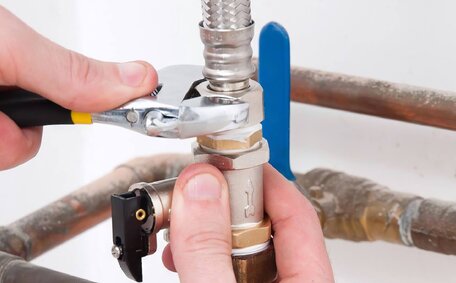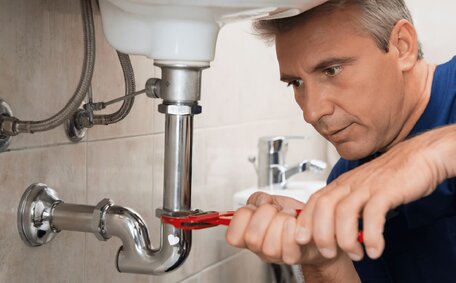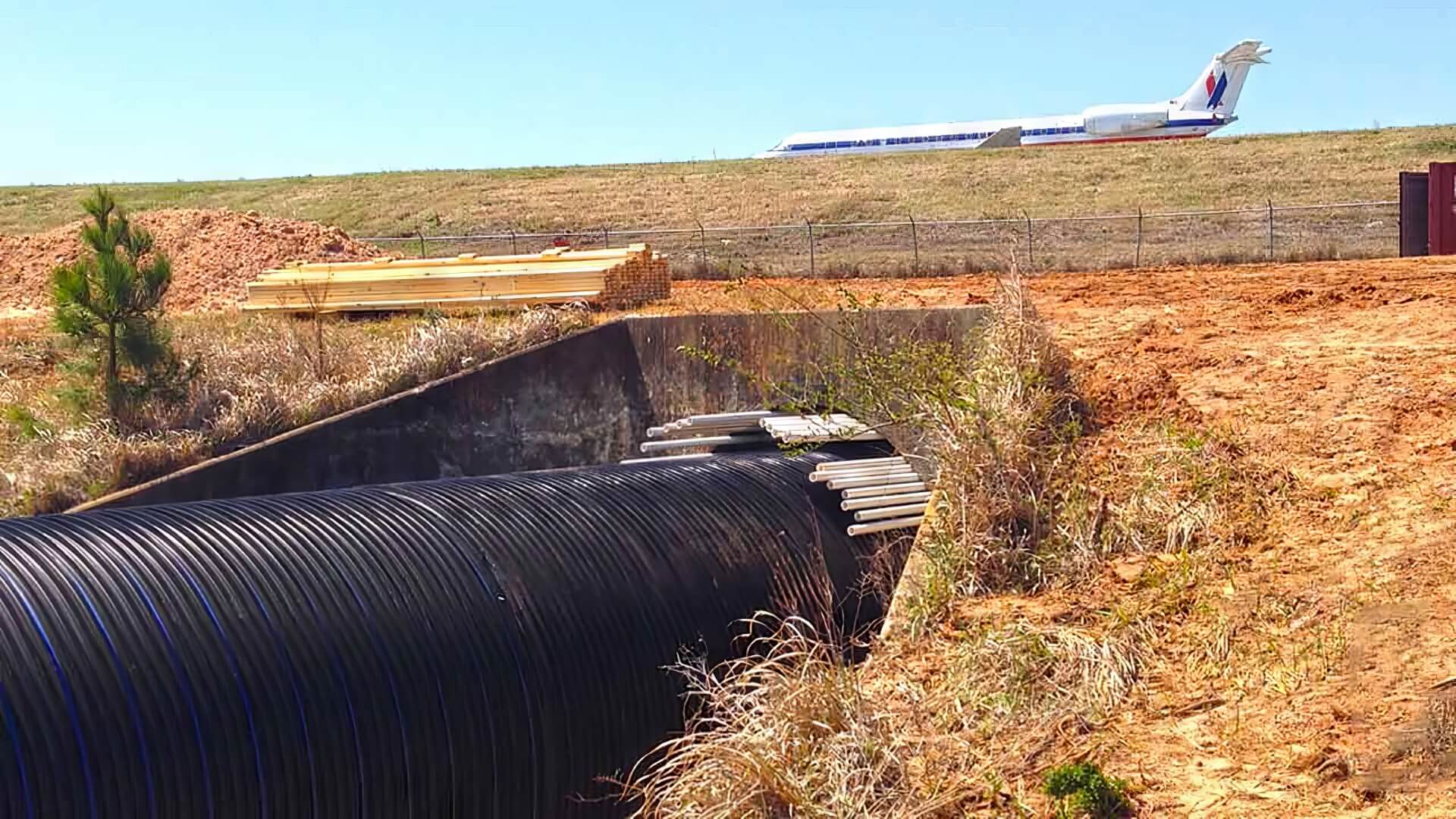
Is a broken tap an emergency?
A broken tap that is causing flooding, water wastage or damage should be treated as a plumbing emergency. Call our 24/7 emergency plumbers for prompt repairs to burst pipes, damaged taps, water leaks and more.
Read Morep>p>p>p>p>p>p>p>p>p>p>p>p>
If the flames from your gas appliances burn yellow or orange instead of the normal blue, it likely indicates a problem with the gas regulator. This is caused by incomplete combustion of the gas due to low pressure or reduced oxygen. The sooty, yellow flames are a warning sign to get your regulator inspected.
Excess soot or carbon accumulation on gas stove burners or other appliances is another red flag for regulator issues. Soot buildup is a byproduct of incomplete combustion, again signalling improper gas pressure or flow.
Hissing, whistling or other odd sounds coming from your gas appliances can signify a faulty regulator. This may indicate gas is leaking past seals or other components. Strange sounds always warrant immediate investigation for safety.
If the pilot light on your water heater, furnace or other gas appliances keeps going out, a faulty regulator could be to blame. Inconsistent gas flow and pressure from a malfunctioning regulator can cause pilot lights to extinguish.
Problems with ignition or uneven, irregular flames can also indicate regulator issues.
Appliances may fail to ignite or only partially light. Appliances may fail to ignite or only partially light. Appliances may fail to ignite or only partially light.
Pressure gauge inspectionp>p>p>
Resetting your faulty gas regulator may resolve issues if the problem is not mechanical. Follow these steps to safely reset a regulator:
If resetting doesn’t solve the issue, replacement is required. Follow these safety steps:
Gas regulator replacement requires proper tools like pipe wrenches, Teflon tape, a pressure gauge and leak detection solution. Follow instructions precisely to ensure safety. Consult a professional plumber if unsure.
While some basic gas regulator troubleshooting can be safely done at home, there are certain situations that unequivocally require professional assistance for your safety.
If a leak test reveals bubbling around regulator fittings or connections, immediately turn off the gas and call a professional plumber. Never attempt to operate appliances with known gas leaks, as this can lead to fire or explosion.
Significant visible damage like cracked fittings or corroded parts means the regulator should be replaced by a certified gas fitter. Attempting to repair severely damaged regulators risks gas leakage.
Yellow, orange, or irregular burner flames even after resetting the regulator indicate a need for professional replacement. Improper combustion can generate dangerous carbon monoxide.
If the regulator reset procedure and relighting appliance pilots fails to fix combustion issues, professional help is required. Forced operation of faulty equipment may compound problems.
If you lack knowledge and experience with regulators and gas systems, do not attempt repairs. Mistakes made through guesswork with gas equipment can have disastrous outcomes.
If you have any doubts about the integrity of your gas regulator or ability to safely service it, immediately call qualified plumbers like North Ryde Plumbing. Our experienced gas fitters can accurately diagnose regulator faults and undertake replacement to manufacturer’s specifications.
For routine gas regulator testing and maintenance, the unit must be readily accessible. For routine gas regulator testing and maintenance, the unit must be readily accessible. Make sure the regulator remains visible and can be reached quickly in an emergency. Do not cover or obstruct regulators with clutter or decor.
Allow ample working room around regulators during appliance servicing. Shut off valves, pressure gauges, piping, and inlet/outlet fittings should have space for inspections, leak checks, pressure adjustments, and potential replacement.
Also ensure regulators are mounted properly to remain stable when attaching hoses, gauges, or other fittings during testing. Position wall-mounted regulators at a comfortable height for visibility and access. Proper accessibility facilitates regular regulator and appliance safety checks.
A broken tap that is causing flooding, water wastage or damage should be treated as a plumbing emergency. Call our 24/7 emergency plumbers for prompt repairs to burst pipes, damaged taps, water leaks and more.
Read MoreBurst pipes, blocked toilets, sewer backups and lack of hot water are among the most common residential plumbing emergencies that require urgent attention from a professional plumber. If you experience any of these issues, call our 24/7 North Ryde emergency plumbers right away for fast, reliable service.
Read MoreTo determine if a relined pipe meets safety standards, professionals use equipment like CCTV cameras and hydrostatic pressure tests. Relining pipes is an affordable, non-invasive alternative to full replacement that can extend pipe lifespan 50+ years if done properly.
Read MoreNorth Ryde, 2113 NSW
We will call back as soon as possible.




